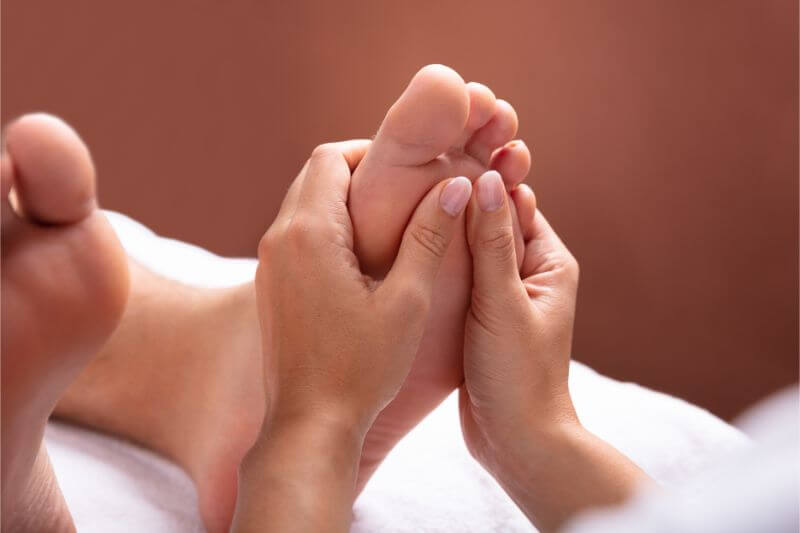Raynaud’s disease affects around 10 million people in the UK. Most commonly, it manifests in the feet and hands but it can occur elsewhere in the body. Generally, it’s uncomfortable but something you can live with. However, it can be a symptom for more serious, underlying conditions, so it shouldn’t be ignored.
What Is Raynaud’s Disease?
Sufferers experience coldness and numbing in the extremities. This is usually accompanied by a tingling sensation and discolouration of fingers and toes. For some people, this is fairly mild and merely uncomfortable. For others, it’s extremely painful and hence, debilitating. An attack can last from a few minutes to several hours. This is distressing and it can seriously affect manual dexterity, making everyday tasks a real struggle.
How Is It Caused?
The condition occurs when the small blood vessels are over-sensitive to certain factors. Changes in temperature, stress and anxiety can all trigger an attack, which causes the blood vessels to go into spasm. This restricts circulation and prevents the extremities from receiving enough blood. Fingers, toes, ears, nose and lips can all be affected, but it is most common in the hands and feet.
Who Contracts It?
Anyone can contract Raynaud’s disease, whatever your age or gender, although it’s particularly common in girls and young women. Some people only experience it for a while whilst others find that it never goes away.
Causes Of Raynaud’s Disease
There are two types of Raynaud’s disease – primary and secondary. Primary is the most common and doesn’t seem to have an underlying cause. It’s thought to be associated with the nervous system and how this controls the function of blood vessels. It’s uncertain why this function is sometimes disrupted.
Fortunately, primary Raynaud’s is the mildest form of the condition. It can be managed in several ways to reduce the impact on daily life (see below).
Secondary Raynaud’s is less common but tends to be a symptom of underlying issues. Usually, these are autoimmune conditions like rheumatoid arthritis (painful swelling of joints) or lupus (joint pain, fatigue and skin rashes). In these cases, Raynaud’s symptoms are likely to be more severe. Hands and feet could be extremely swollen or ulcers might develop as a result of tissue damage due to regular Raynaud spasms.
Whatever your symptoms always seek professional help.
Living With Raynaud’s Disease
For the majority of sufferers, cold extremities are the main problem, and this can be alleviated with easy, common-sense measures. Wrapping up warmly, wearing extra layers, using heat pads and keeping your house warm are the obvious solutions.
Improving your circulation is essential. Caffeine, alcohol and smoking are particularly bad for healthy blood flow, so cut down on these or stop them altogether. Reducing stress is also important and physical activity is a great way to do this. The gym, swimming or yoga are all ideal. Even if time, age or health aren’t on your side, try to incorporate a daily walk in your routine. It doesn’t need to be overly strenuous, so long as you regularly get some degree of movement into your life.
A varied diet with plenty of fresh fruit, vegetables, pulses, lean meat and fish is always a good idea, so review your weekly shop to make sure you’re getting everything you need.
Always Get Professional Help
At Feet By Pody, we’re specialists in all conditions of the lower extremities. If you’re worried about numb feet and tingling toes, pop round to one of our friendly London clinics.

